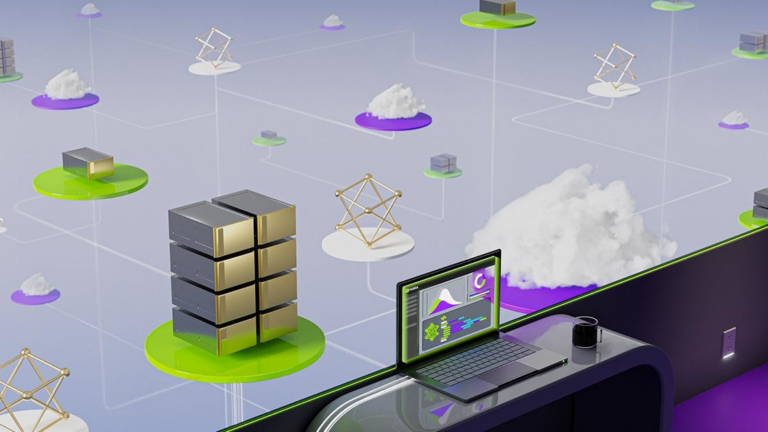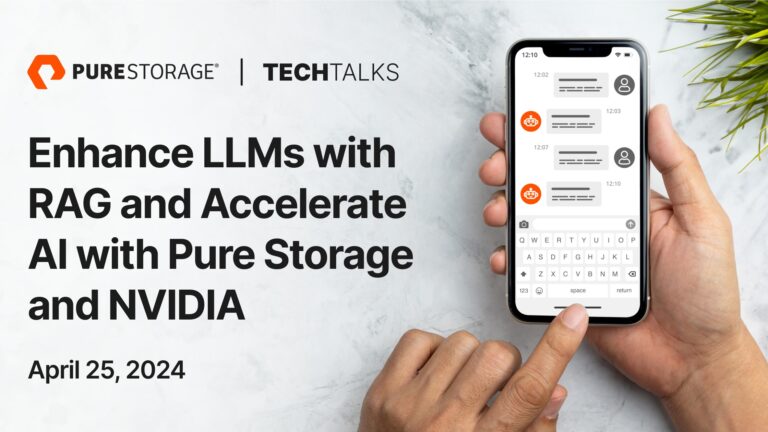The latest trends and technologies in the automotive industry are in the spotlight at the Beijing International Automotive Exhibition, aka Auto China, which opens to the public on Saturday, April 27. An array of NVIDIA auto partners is embracing this year’s theme, “New Era, New Cars,” by making announcements and showcasing their latest offerings powered
Read Article
 NVIDIA launched the initial release of the Confidential Computing (CC) solution in private preview for early access in July 2023 through NVIDIA LaunchPad….
NVIDIA launched the initial release of the Confidential Computing (CC) solution in private preview for early access in July 2023 through NVIDIA LaunchPad….
NVIDIA launched the initial release of the Confidential Computing (CC) solution in private preview for early access in July 2023 through NVIDIA LaunchPad. Confidential Computing can be used in virtualized environments and provides the highest level of security with the best performance possible in the industry today. The NVIDIA H100 Tensor Core GPU was the first GPU to introduce support for CC.
OpenUSD integration into Siemens technologies powers a new wave of industrial digitalization.
Support for Battle.net on GeForce NOW expands this GFN Thursday, as titles from the iconic StarCraft and Diablo series come to the cloud. StarCraft Remastered, StarCraft II, Diablo II: Resurrected and Diablo III are part of 16 new games joining the GeForce NOW library of more than 1,900 titles. Plus, a new update rolling out
Read Article
To address the shift to electric vehicles, increased semiconductor demand, manufacturing onshoring, and ambitions for greater sustainability, manufacturers are investing in new factory developments and re-engineering their existing facilities. These projects often run over budget and schedule, due to complex and manual planning processes, legacy technology infrastructure, and disconnected tools, data and teams. To address
Read Article
DLSS 3.5 with Ray Reconstruction creates higher quality ray-traced images for intensive ray-traced games and apps.
Can machine learning help predict extreme weather events and climate change? Christopher Bretherton, senior director of climate modeling at the Allen Institute for Artificial Intelligence, or AI2, explores the technology’s potential to enhance climate modeling with AI Podcast host Noah Kravitz in an episode recorded live at the NVIDIA GTC global AI conference. Bretherton explains
Read Article
To help customers make more efficient use of their AI computing resources, NVIDIA today announced it has entered into a definitive agreement to acquire Run:ai, a Kubernetes-based workload management and orchestration software provider. Customer AI deployments are becoming increasingly complex, with workloads distributed across cloud, edge and on-premises data center infrastructure. Managing and orchestrating generative
Read Article
 GPUs were initially specialized for rendering 3D graphics in video games, primarily to accelerate linear algebra calculations. Today, GPUs have become one of…
GPUs were initially specialized for rendering 3D graphics in video games, primarily to accelerate linear algebra calculations. Today, GPUs have become one of…
GPUs were initially specialized for rendering 3D graphics in video games, primarily to accelerate linear algebra calculations. Today, GPUs have become one of the critical components of the AI revolution. We now rely on these workhorses to fulfill deep learning workloads, crunching through massive and complex semi-structured datasets. However, as demand for AI-based solutions has…
 Join Pure Storage and NVIDIA on April 25 to discover the benefits of enhancing LLMs with RAG for enterprise-scale generative AI applications.
Join Pure Storage and NVIDIA on April 25 to discover the benefits of enhancing LLMs with RAG for enterprise-scale generative AI applications.
Join Pure Storage and NVIDIA on April 25 to discover the benefits of enhancing LLMs with RAG for enterprise-scale generative AI applications.
